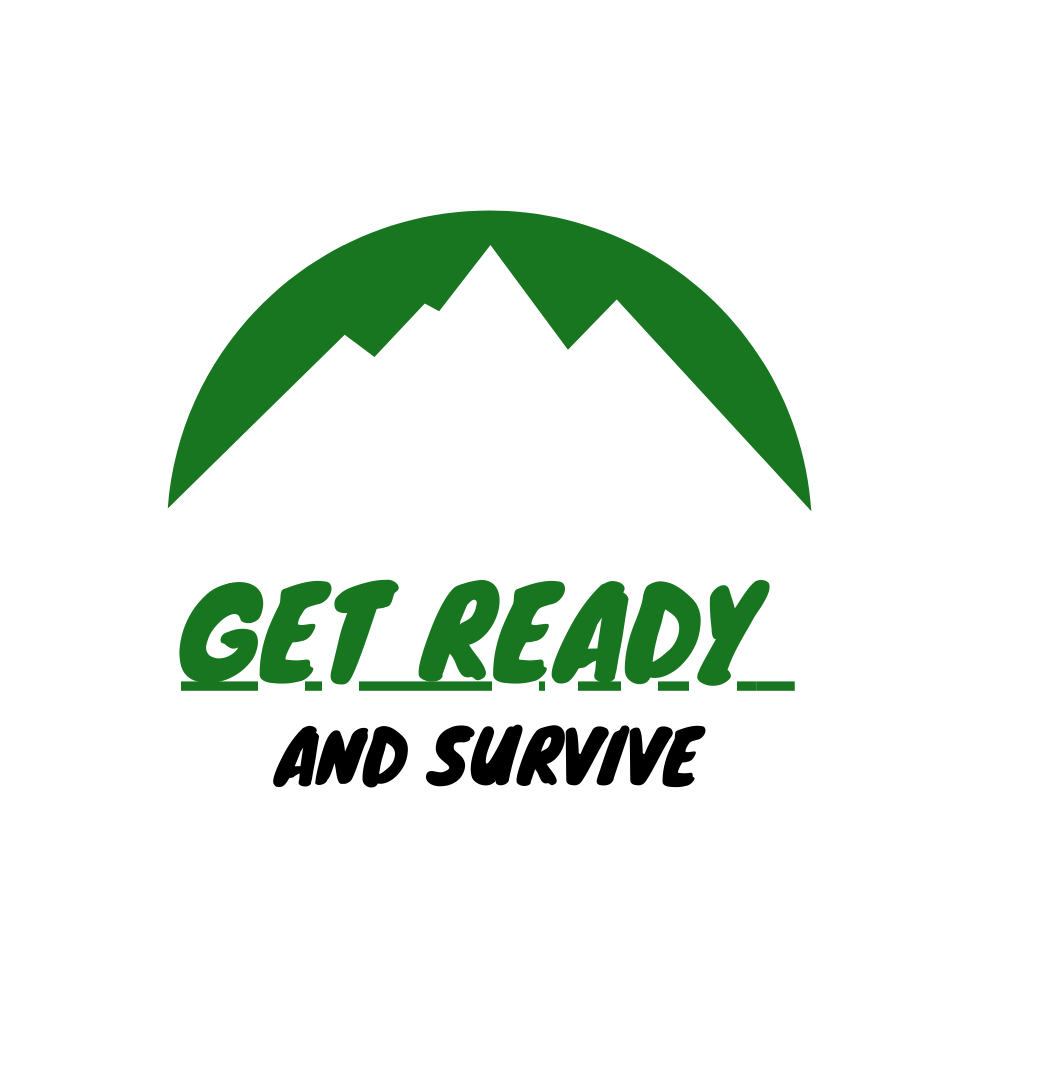Venturing into the woods can be an exhilarating experience, but it's crucial to be well-prepared with the right gear to ensure your safety and comfort. Whether you're hiking, camping, or just exploring, here's a comprehensive guide on how to pick your survival gear:
1. Navigation Tools:
- Map and Compass: Always carry a detailed map of the area and a reliable compass. These tools will help you navigate and prevent getting lost, especially in unfamiliar terrain.
2. Shelter:
- Tent or Tarp: A lightweight, waterproof tent or tarp provides protection from the elements. Choose one that's easy to set up and sturdy enough to withstand wind and rain.
3. Fire-Making Equipment:
- Lighter and Waterproof Matches: Ensure you have multiple ways to start a fire. Pack waterproof matches in a waterproof container and a butane lighter as backups.
4. First Aid Kit:
- Basic Supplies: Include bandages, antiseptic wipes, pain relievers, adhesive tape, and any personal medications. Be prepared for minor injuries and medical emergencies.
5. Water and Filtration:
- Water Bottle and Purification Tablets: Carry a durable water bottle and purification tablets or a portable water filter. Ensure you can safely drink water from natural sources.
6. Food and Nutrition:
- High-Energy Snacks: Pack lightweight, non-perishable food such as energy bars, nuts, and dried fruits. These provide quick energy and are easy to carry.
7. Knife and Multi-Tool:
- Versatile Tool: A sturdy knife or multi-tool is indispensable for various tasks such as food preparation, cutting branches for shelter, and general survival needs.
8. Lighting:
- Headlamp or Flashlight: Choose a reliable source of light with extra batteries. This is essential for navigating in the dark or during emergencies.
9. Clothing:
- Layered Clothing: Dress in moisture-wicking layers suitable for the weather conditions. Include a waterproof jacket, hat, gloves, and extra socks to stay dry and warm.
10. Signaling and Communication:
- Whistle and Signal Mirror: Carry a loud whistle and a signal mirror for emergencies. Consider a satellite phone or a personal locator beacon for remote areas.
11. Personal Protection:
- Sunscreen and Insect Repellent: Protect yourself from sunburn and insect bites with appropriate products. Include a small tube of sunscreen and insect repellent.
12. Personal Hygiene:
- Sanitation Supplies: Pack toilet paper, hand sanitizer, and a small trowel for digging catholes if needed. Maintain hygiene to prevent illnesses.
13. Emergency Shelter:
- Emergency Blanket: Lightweight and compact, an emergency blanket reflects body heat and provides insulation if you unexpectedly need to spend the night outdoors.
14. Repair Kit:
- Duct Tape and Cordage: Carry duct tape for quick repairs on gear and cordage (paracord or nylon rope) for various uses like securing shelters or hanging food.
15. Personal Identification and Documents:
- Identification and Emergency Contact Information: Keep a copy of your identification, emergency contacts, and any relevant permits in a waterproof pouch.
Additional Tips:
- Practice Skills: Familiarize yourself with basic survival skills like fire starting, shelter building, and navigation before heading into the woods.
- Check Weather Conditions: Be aware of the weather forecast and pack accordingly to stay comfortable and safe.
- Leave No Trace: Respect nature and leave minimal impact by following Leave No Trace principles.
By carefully selecting and packing your survival gear, you'll be well-prepared to enjoy your woodland adventure while ensuring your safety and preparedness for any situation that may arise.


